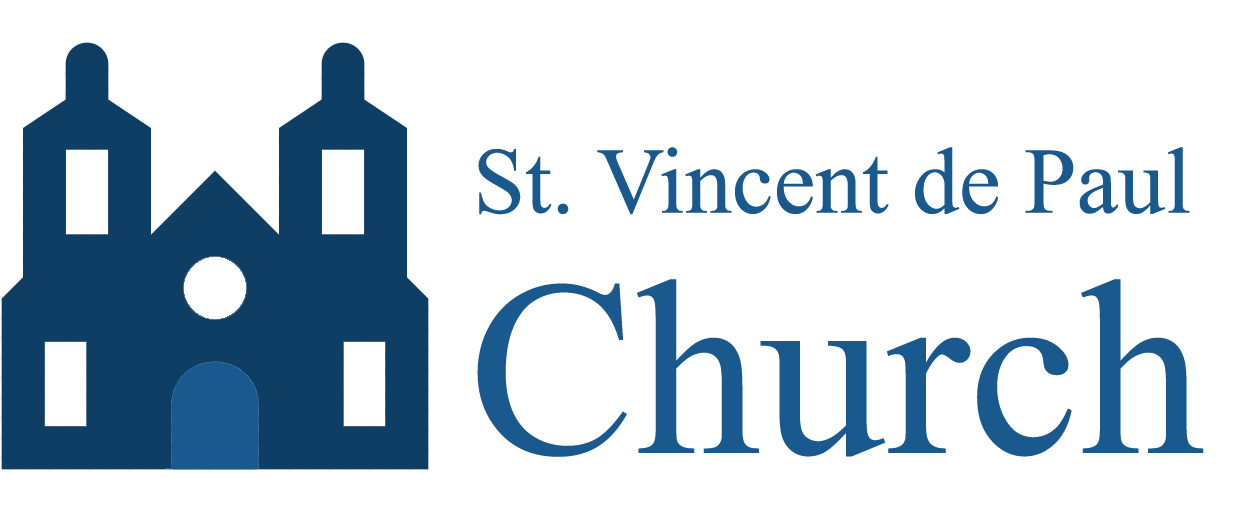Pastor’s Desk ~ March 24, 2024 ~ Palm Sunday
Dear Fellow Parishioners,
We are entering into the most eventful and intense week of the Christian year. Traditionally, Holy Week began with Palm Sunday and ended on Holy Saturday. The liturgical reforms of Pope Pius XII in 1955 highlighted the three-day Triduum – Holy Thursday to the Easter Vigil – as a distinct, though brief, liturgical season. The result is that Lent now ends at the Mass of the Lord’s Supper on Holy Thursday, followed by the Triduum up to the Easter Vigil, and then the Easter season (Eastertide).
Palm Sunday commemorates Jesus’ triumphal entry into Jerusalem, which is recounted in all four Gospels. (Only John includes a timeline for the event.) The Palm Sunday liturgy is distinctive in that it calls for the use of palms, red vestments (which are rare on Sundays), the reading of the Gospel at the entrance of the church, and the reading of the Passion narrative with participation from the congregation. The congregation takes the part of the mob calling for the execution of Jesus. The priest usually takes the part of Jesus – usually a triumph of miscasting – and the Narrator provides the necessary background and story line. While it is the longest Gospel of the year, there isn’t a wasted word in it.
Since palms are not available in all climates, some regions celebrate with willow, box or yew branches. In far northern climes, Palm Sunday can fall in winter. In the southern hemisphere, Palm Sunday is celebrated in Fall. It’s really a feast for all seasons.
The Holy Monday and Holy Tuesday Gospel readings are about the treachery of Judas. Holy Wednesday, which has traditionally been known as “Spy Wednesday,” is the day when Judas made his deal to betray Jesus for 30 pieces of silver.
Holy Thursday was more traditionally referred to as “Maundy Thursday.” “Maundy” is a corruption of “mandatum,” the Latin word for “commandment.” It comes from a quote from John 13:34, the words of Jesus himself: “A new commandment I give unto you: that you love one another as I have loved you.”
There is no morning Mass on Holy Thursday. Only two Masses are permitted on Holy Thursday: The Chrism Mass, presided over by the bishop (or abbot), at which the Holy Oils are consecrated for the coming year, and the Mass of the Lord’s Supper, which ends Lent, initiates the Triduum, and features the Washing of the Feet. By including the Washing of the Feet, the Mass of the Lord’s Supper blends all four Gospels into one liturgy. The Washing of the Feet takes place only in the Gospel of John, while the Last Supper takes place in all gospels except John. Holy Thursday ends with the stripping of the altar because Jesus, who is entering into His darkest hour, is priest, victim and altar of sacrifice. The sanctuary lamp is extinguished to symbolize the empty tabernacle.
Good Friday recounts the Passion of Our Lord, plus the Veneration of the Cross and reception of Holy Communion from the tabernacle of repose. This is the only time from Holy Thursday through the Easter Vigil when the sacraments of the Church, except in danger of death, may be administered. People my age (and older) can remember when the Passion was also observed by the closing of many local businesses from 12 noon to 3 pm on Good Friday as well.
I wish you all a fruitful Palm Sunday and Holy Week. And then, on to Easter!
Fr. Bill Donahue

Leave a Reply
Want to join the discussion?Feel free to contribute!